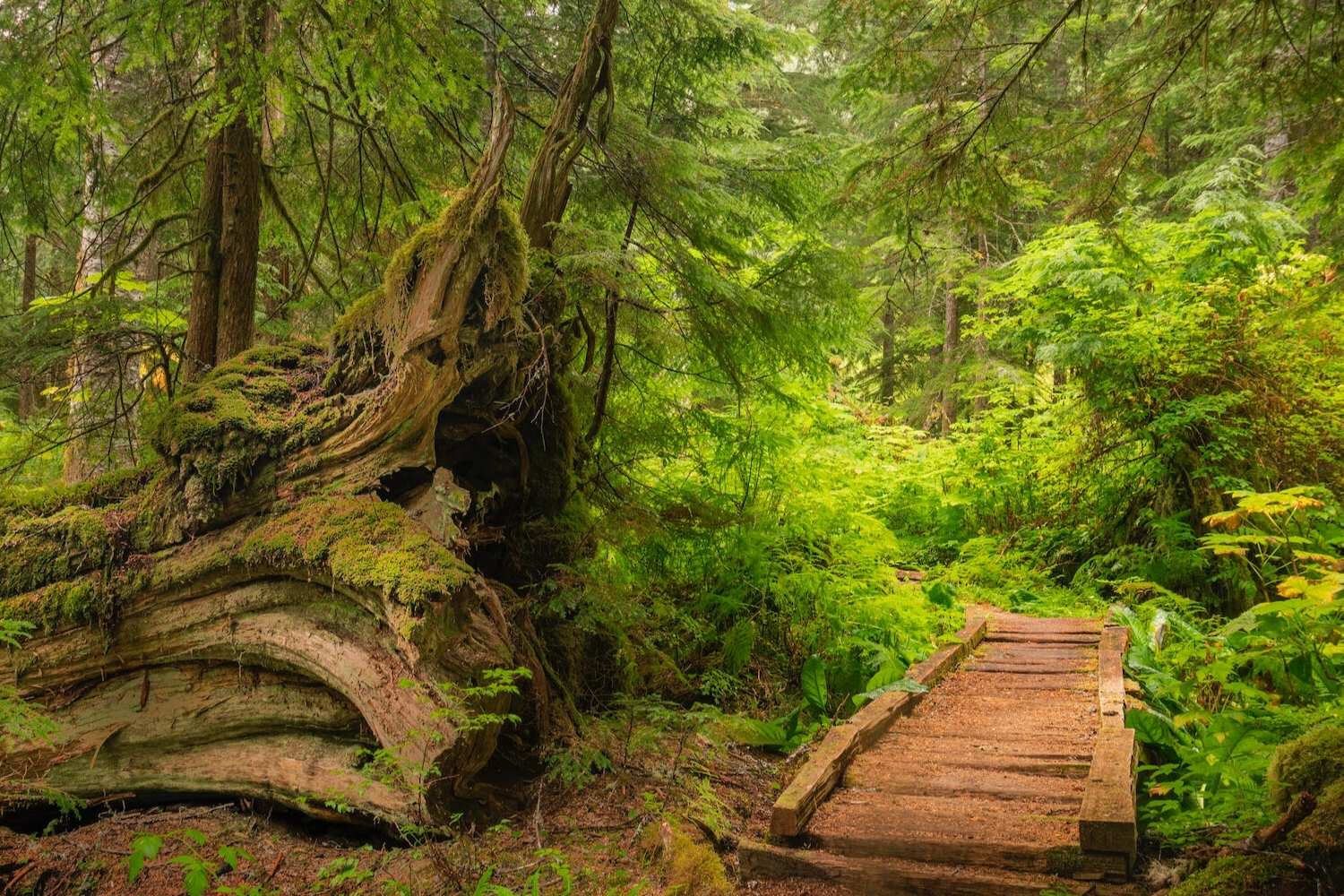Lost Logging Camps Of Washington’s Cascade

Have you ever wondered about the hidden stories of Washington's Cascade Mountains? Deep within these towering peaks lie the remnants of forgotten logging camps. These camps, once bustling with activity, played a crucial role in shaping the region's history. Imagine the sounds of saws and axes echoing through the forest as workers toiled to harvest timber. Today, nature has reclaimed much of these sites, but traces of the past remain. Exploring these lost logging camps offers a unique glimpse into a bygone era, where hard work and determination were the order of the day. Whether you're a history buff or just curious about the past, these sites provide a fascinating look at the lives of those who helped build the Pacific Northwest. Grab your hiking boots and prepare to step back in time as you uncover the secrets of Washington's Cascade Mountains.
Discovering the Lost Logging Camps of Washington's Cascades
Washington's Cascade Mountains hold secrets from a bygone era. Hidden within these rugged landscapes are the remnants of logging camps that once thrived. These camps played a crucial role in the development of the region, providing timber for growing cities and railroads. Let's explore some of these forgotten places and uncover their stories.
1. Monte Cristo
Monte Cristo, once a bustling mining town, also housed a significant logging camp. Nestled in the heart of the Cascades, this area was rich in resources. The camp supported the mining operations by providing timber for construction and fuel. Today, visitors can hike to the site and see remnants of the old buildings and equipment, offering a glimpse into the past.
2. Lester
Lester, now a ghost town, was once a thriving community supported by logging. Located near the Green River, it served as a hub for timber operations in the early 20th century. The town had a school, post office, and even a hotel. Although the buildings have mostly disappeared, the spirit of the logging camp lingers in the surrounding forest.
3. Carbonado
Carbonado, situated near Mount Rainier, was a coal mining town with a strong logging presence. The dense forests provided ample timber for the mines and the growing town. Logging camps dotted the landscape, and the logs were transported via rail to nearby mills. Today, visitors can explore the area and imagine the bustling activity that once filled these woods.
4. Snoqualmie Falls
Snoqualmie Falls is famous for its breathtaking waterfall, but it also played a role in the logging industry. The nearby town of Snoqualmie was a center for logging operations, with camps spread throughout the surrounding forests. The falls provided power for the mills, and the logs were floated down the river. While the camps are long gone, the area's history is preserved in local museums and trails.
5. Skykomish
Skykomish, a small town along the Stevens Pass Highway, was a vital stop for loggers and railroad workers. The logging camps in this area supplied timber for the Great Northern Railway, which connected the Pacific Northwest to the rest of the country. Visitors can still see remnants of the old railway and logging equipment, offering a window into the past.
6. Index
Index, nestled along the North Fork Skykomish River, was a hub for logging and mining. The camps here provided timber for the nearby mines and the growing town. The rugged terrain and dense forests made logging a challenging but rewarding endeavor. Today, the town is a popular spot for outdoor enthusiasts, who can explore the area's rich history while enjoying its natural beauty.
7. Darrington
Darrington, located in the shadow of Whitehorse Mountain, was a logging powerhouse. The town's proximity to vast forests made it an ideal location for logging camps. Timber from this area helped build cities and railroads across the Pacific Northwest. While the camps have vanished, the town's logging heritage is celebrated through local events and museums.
8. Randle
Randle, situated near the Cowlitz River, was a key player in the logging industry. The camps here supplied timber for the growing cities of Washington and Oregon. The river provided a natural transportation route for the logs, which were floated downstream to mills. Today, visitors can explore the area's rich history and enjoy the stunning natural surroundings.
9. Morton
Morton, a small town in Lewis County, was once a bustling logging community. The camps in this area provided timber for the nearby mills and railroads. The town's logging heritage is still evident in its annual events and local museums. Visitors can learn about the history of the camps and the people who lived and worked there.
10. Packwood
Packwood, located near Mount Rainier, was a hub for logging operations in the early 20th century. The camps here supplied timber for the growing cities of the Pacific Northwest. The town's logging history is preserved in local museums and events, offering visitors a chance to step back in time and experience the life of a logger.
Discovering the Past in Washington's Cascades
Washington's Cascade Mountains hold secrets of the past within their lost logging camps. These sites tell stories of hard work, community, and the transformation of the region. Exploring these forgotten places offers a glimpse into the lives of those who shaped the timber industry. The remnants of cabins, machinery, and trails reveal the challenges and triumphs faced by early loggers. Visiting these camps provides a unique connection to history, allowing us to appreciate the impact of logging on the Pacific Northwest. As you wander through these sites, imagine the bustling activity that once filled these forests. The legacy of these camps continues to influence the landscape and culture of the area. By preserving and learning from these historical sites, we honor the contributions of those who came before us and gain a deeper understanding of the region's heritage.

